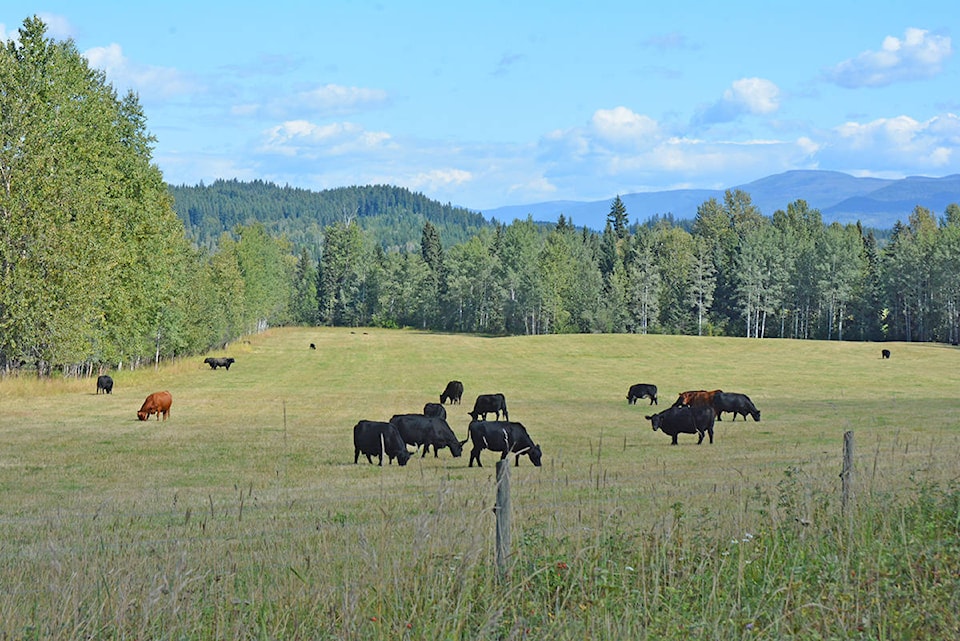I am not sure how I feel about the twilight zone between the summer that never was and which will soon be morphing into fall.
The hope of some crop-drying weather is frequently dashed when forecasts promising good weather, suddenly change. Too many times has a decision been made to ready hay for its final drying. Usually this means raking so the ground moisture in the hay gets a chance to dry.
When the drying heat and wind fail to materialize, we want to blame the forecasters!
However, it is not their fault after all, because the weather is unpredictable and the world is experiencing unseasonable extremes.
In the face of this situation then, what do you do if you are a farmer depending on weather for your crops? You hope that somewhere in the region or country that there is some affordable crop that will balance your livestock’s nutritional needs.
In the meantime, the wet weather has meant that there is a lot of grass on pastures that can be used to fatten livestock for the winter and to some extent cows can be fattened after their calf is weaned and before winter sets in.
This accumulated fat can be “managed” on the cow to supplement poor stored feed (or shorter supply of this feed).
Some animal nutritionists have said that on a 1,000-pound-plus-cow 100 pounds of fat can be used up for the animal’s needs without shorting the growing calf inside her.
These same people would say you can’t feed purchased feeds to make it out of a drought.
Therefore, you sell down your inventory, only to stock up again when prices of cattle are down and when hay supplies are up.
That is to deal with a drought. But this year it is flood, rainfall, high humidity and heavy dews that cause some of us problems.
When the winter is mild, animals don’t need so much good feed because their energy requirements are lower. Calories in feed burn to keep the body warm.
Optimistically we can hope for a good long fall with plenty of grass which fattens cattle and keeps the hay in the barn longer.
Prices are up so selling down inventory may not be that financially painful.
READ MORE: The effects of heat stress on larger livestock
Sharpen your pencils or build a spread sheet and figure out if it pays to buy expensive feed to get your cows through winter.
On the bright side, it appears barley will be in good supply and the price is dropping.
In Canada barley is the mainstay of the cattle feeding business. In the U.S. it is corn.
On a side note, we can report that on a small-garden-scale we planted a cover crop on resting garden soil to increase fertility and combat thistle.
That was in mid-July. Now we have a great green cover of barley and peas to leave for the winter to feed the soil and next year’s garden plants.
David Zirnhelt is a member of the Cariboo Cattlemen’s Association and chair of the advisory committee for the Applied Sustainable Ranching program which started at Thompson Rivers University in Williams Lake in January of 2016.
Do you have a comment about this story? email:
editor@wltribune.com
Like us on Facebook and follow us on Twitter.
